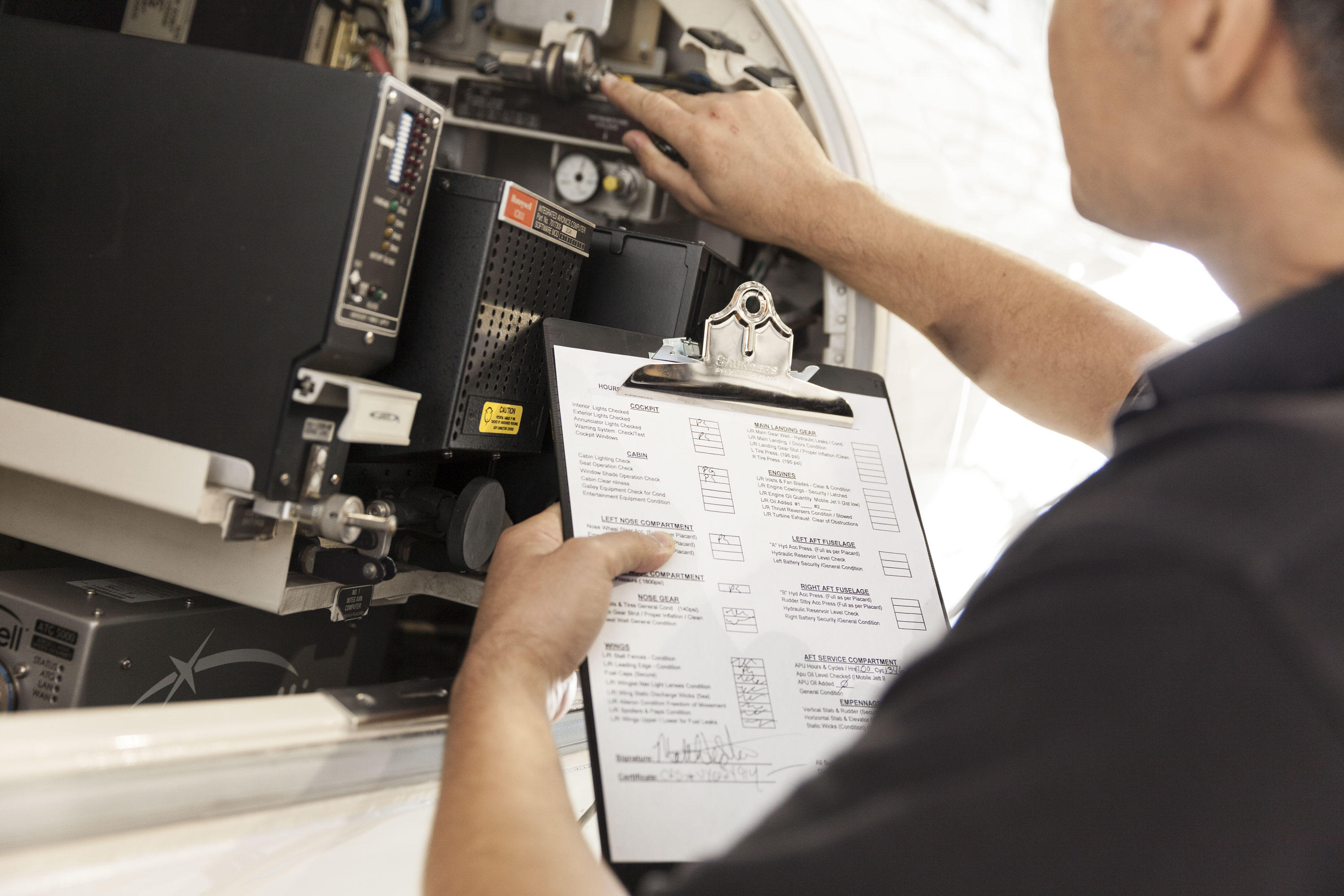
May 10, 2017
To address the challenges of the evolving responsibilities of flight attendants, flight technicians and flight engineers, NBAA recently developed a fatigue management survey that was sent to association members in these job categories. The results of the survey, which are still being tabulated, will be discussed at the Fight Technician Roundtable, set for June 13 in Long Beach, CA.
To address the challenges of the evolving responsibilities of flight attendants, flight technicians and flight engineers, NBAA recently developed a fatigue management survey that was sent to association members in these job categories. This is the first such survey NBAA has conducted for cabin crew members.
The results of the survey, which are still being tabulated, and the associated lessons learned for best practices for cabin crew fatigue management, will be discussed at the Fight Technician Roundtable, set for June 13 in Long Beach, CA, the day before the NBAA Flight Attendants/Flight Technicians Conference begins.
The fatigue study is vital because the range of intercontinental business aircraft present time-and-duty challenges for crew members. Crew augmentation is key in maintaining safety when dealing with fatigue on long flights, said Elaine Lapotosky, chair of the NBAA Flight Attendants Committee. Crew augmentation typically focuses on the flight deck, but the cabin crew – flight attendants, flight technicians, and flight engineers – are equally affected by fatigue, especially technicians and engineers who have duties in the hangar, as well as in flight.
Flight technicians and engineers both have airframe and powerplant certificates, but their responsibilities vary by flight department, noted Anthony Joseph, chair of the NBAA Flight Attendants Committee’s Flight Technician Subcommittee. Maintaining the airworthiness and aircraft readiness is their primary responsibility. Some do this every day, either in the hangar or on a trip, others only on flights – and some of these professionals also have flight attendant responsibilities.
Regardless of title or overlapping responsibilities, safety is the universal priority, said technician Sandra Granados.
And the teamwork of cockpit and cabin crews is reinforced during crew resource management training, said Creighton Anderson, a flight engineer with flight attendant and hangar responsibilities. “The industry seems to be evolving in the direction where one person performs a number of different jobs,” he said.
Other topics that will be covered during the roundtable include work schedule management, balancing flight and hangar duties, cabin Internet connectivity, trip planning and food handling and safety.
Learn more about the NBAA Flight Attendants/Flight Technicians Conference.


 International Business Aviation Council Ltd.
International Business Aviation Council Ltd.